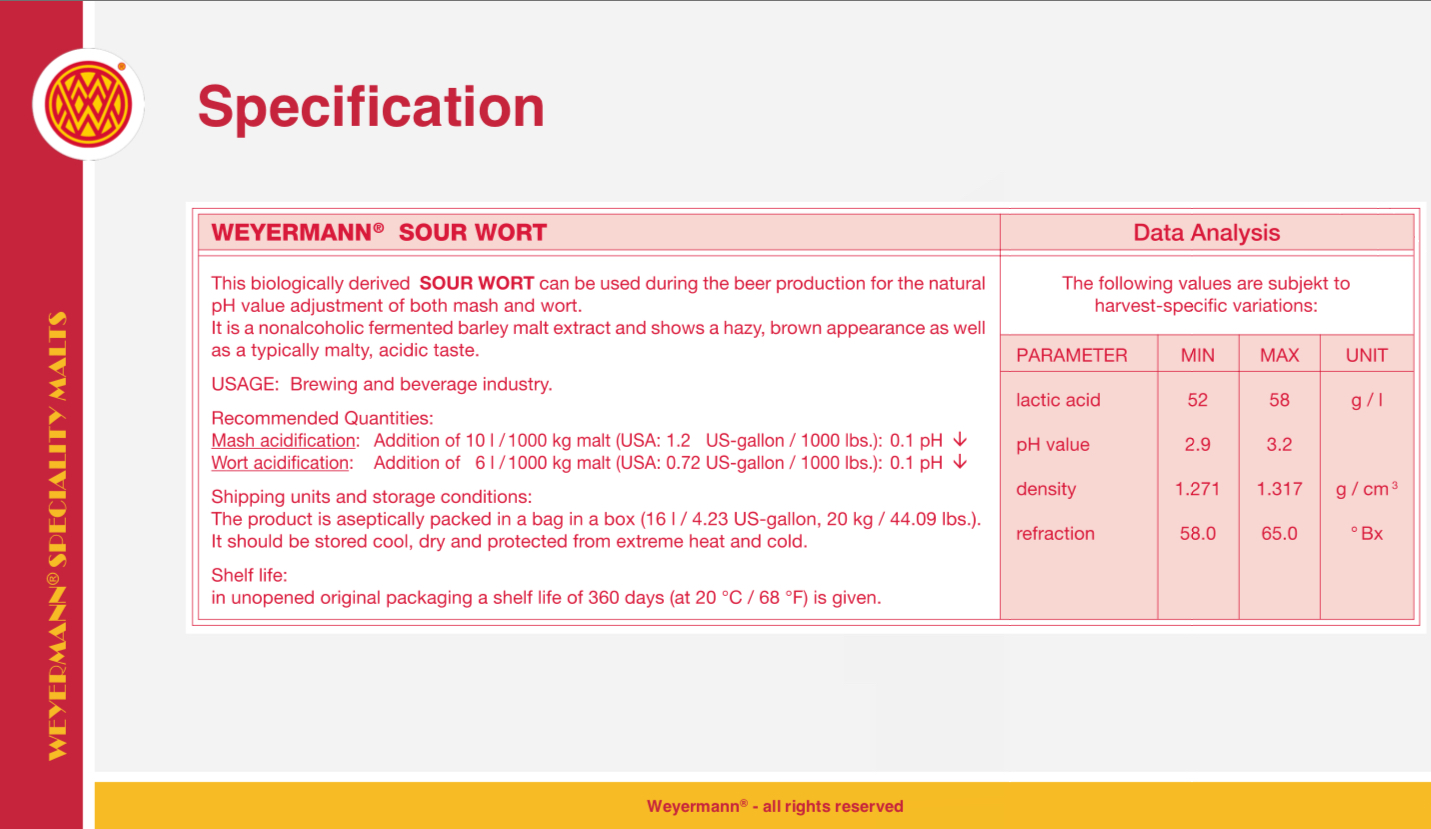Die_Beerery
Well-Known Member
- Joined
- Aug 21, 2017
- Messages
- 842
- Reaction score
- 643
You're focused on creating world-class German lagers with German malts and German processes, and I know you have that down to a science. However, there are whole other countries and continents with their own malts and flavors they're trying to achieve.
German, Belgian, Nordic, British, American, etc malts aren't interchangable, right? Therefore it's helpful to include caveats like: step mashes are regarded as necessary when brewing German styles (which should only be brewed with German malts).
I think that helps avoid contention.
I have never once mentioned myself in this. This is the German mentality. This was prefaced by saying Germans in literally everything I talked about. Thought this was clear.











![Craft A Brew - Safale S-04 Dry Yeast - Fermentis - English Ale Dry Yeast - For English and American Ales and Hard Apple Ciders - Ingredients for Home Brewing - Beer Making Supplies - [1 Pack]](https://m.media-amazon.com/images/I/41fVGNh6JfL._SL500_.jpg)
















































